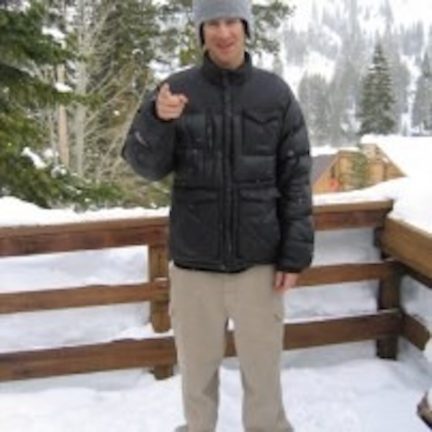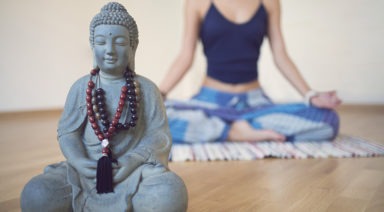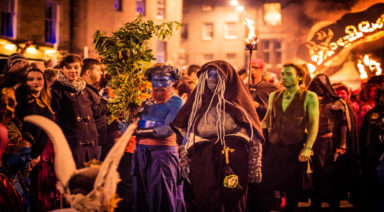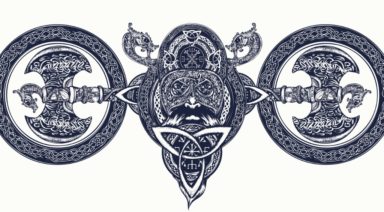The Healing Power of Tai Chi and Bone Tapping

Tai Chi Chuan or any Tai Chi is a type of Kung Fu, so at some depth it’s a martial art, but it’s also more than that. It’s a healing art and a meditation in itself that can help one’s balance. It provides a tangible mind/body/spirit connection, as well as a deeper connection with one’s surroundings. It can do wonders for the ailed as well as athletes of all types. It’s also a folk dance (the only way I can fake the ability to dance is by repeating Tai Chi moves).
Tai Chi is a physical art that betters one’s well-being and it’s also a metaphysical art that provides a way to cultivate energy. Tai Chi is all about developing grounding and rooting. Since it is done standing and walking, the meditative nature of Tai Chi is highly applicable and transferable to the rest of our day as we walk and stand around others.
There are four main forms of Tai Chi: Chen, Sun, Yang, and Wu, and there are many different styles within each. No matter how different they are, each contains some of the same practices and entirely the same theories.
In Tai Chi, there is no one superior type of posturing, there are only more dedicated practitioners. The interesting thing about Tai Chi, as opposed to practically everything in the postmodern world, is as long as you keep in mind certain concepts you can’t do it wrong, you can only refine it. In this way, there is constant potential to learn more from the same movement.
In Tai Chi, a couple of movements are just variations of yoga’s warrior poses, only done with less of a deep stretch. And in the form I practice there are a couple of movements that involve brushing oneself, tapping certain body parts and even adding a moderate stomp. In Tai Chi, there is infinite variation and change is good.
Being flexible and accepting of new ways to do things and new forms to do is a big lesson. It’s said that in the long-form there is a variation of every movement possible and there is definitely a reflection of every martial art, healing and internal art.
The Benefits of Bone Tapping
One of the simplest healing arts, a primal uncle of Tai Chi as I was taught, is called bone tapping. Bone tapping is about healing yourself using your own touch. Because grounding is so important and because so few people do actually ground, the following procedure is both a grounding and healing series:
Using any part of your hands and fists begin to tap yourself. Begin with your calves and shins, the harder the better, but keep it reasonable. Exhale as you tap throughout the series, and definitely as you begin tapping the abdomen. Breathe out the tension, do not tense up. Bone tapping is primal, like the instinct to walk around after getting slightly hurt.
Hit the sides of the calves, the backs and even knock on the shins and/or rub them downward. Hitting the back of the knees is said to stop varicose vein formation. Even though it’s called bone tapping, one begins nearby and primarily taps next to the bones. The basic premise is that this sends vibration farther and deeper, and vibration eliminates tension and inflammation, preventing all sorts of distress and disease. Continue up to include the thighs and legs all over.
Proceed to the coccyx and the lower back, then the front equivalent and continue upwards tapping the chest, back, shoulders, arms, neck, chin, and head all the way to the crown of your head. Then, and this was and is considered a moderate secret, end by tapping the softest bones of the body, the clavicles or collar bones.
Global Meditation for Peace
Tai Chi Chuan and Yoga are not only intimately related, but sourced from the same vein. We can trace practically all martial arts and internal arts back to or back through India. Since all meditative movement originates from the same place, let’s all come together in a meditation for peace and unity of humanity. If every meditator, if every yoga practitioner, and Tai Chi and Chi Gung practitioner all perform their practice out in the open for all to see maybe we can raise awareness of our healing, meditative and intuitive movements.
Maybe we can share an idea or movement with someone (like on how to properly tap your body to heal for instance) that might help them! In this way, we can change things. So today, bust out your form, or rock some sun salutations, or meditate in a place you normally would not, and see what happens.
What is the Meaning of Lokah Samastah Sukhino Bhavantu
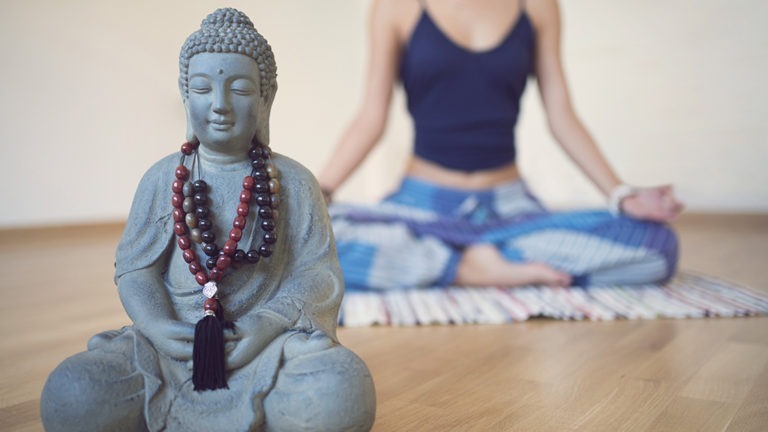
In times of great change and global uncertainty, we are sometimes at a loss to find stability and peace within. Yet, we are supported endlessly by the wisdom of the ages. Lokah Samastah Sukhino Bhavantu is a mantra of power that assists us in our spiritual evolution and acts as a blessing for the world.
Lokah Samastah Sukhino Bhavantu or लोका: समस्ता: सुखिनो भवन्तु is a Sanskrit mantra which means:
“May all beings everywhere be happy and free, and may the thoughts, words, and actions of my own life contribute in some way to that happiness and to that freedom for all.”
By chanting this peace mantra, we move from our personal selves and radiate a prayer of love for the world around us. It takes us from the egoic, little self and its limited worldview and radiates a powerful warmth. It is a reminder we are a part of the universe and can positively impact all of creation.
Though not a traditional Vedic mantra, Lokah Samastah Sukhino Bhavantu is a Sanskrit prayer (or sloka). It has been used for many centuries to invoke greater states of compassion and peace. Often said at the end of yoga practices, it’s an invocation for personal and collective peace. “Do unto others as you would have them do unto you” may be the closest Western equivalent. Yet, the impact of this ancient mantra is far grander than simple human kindness.

